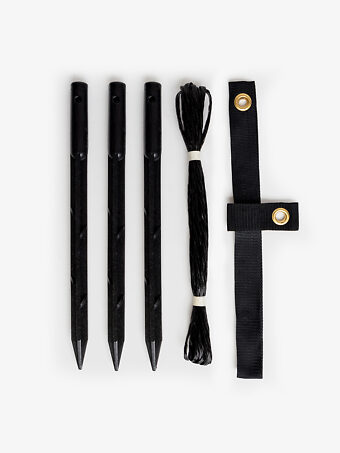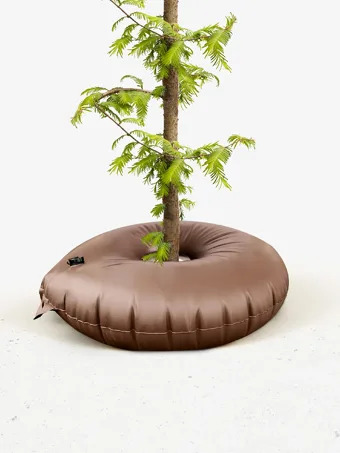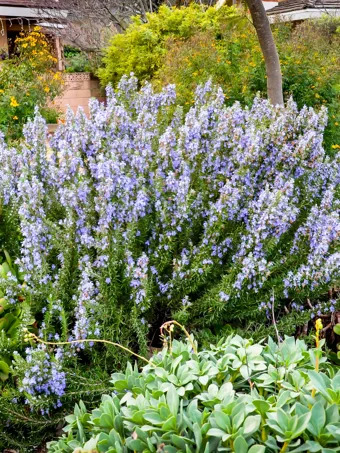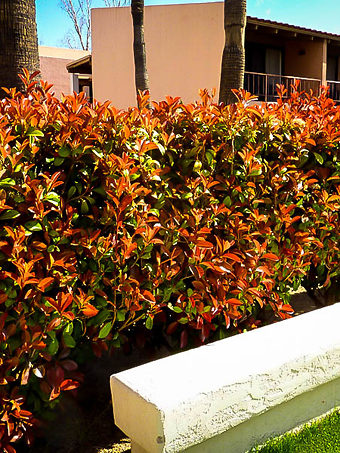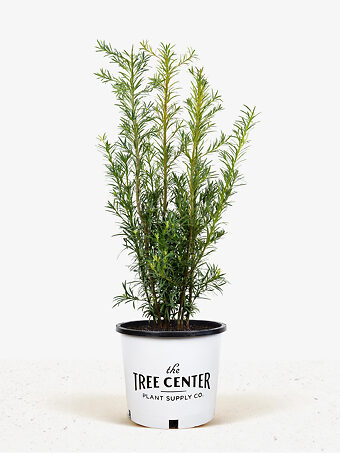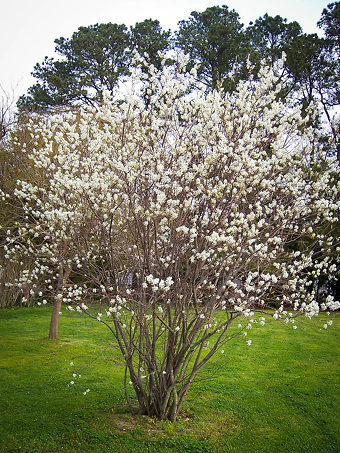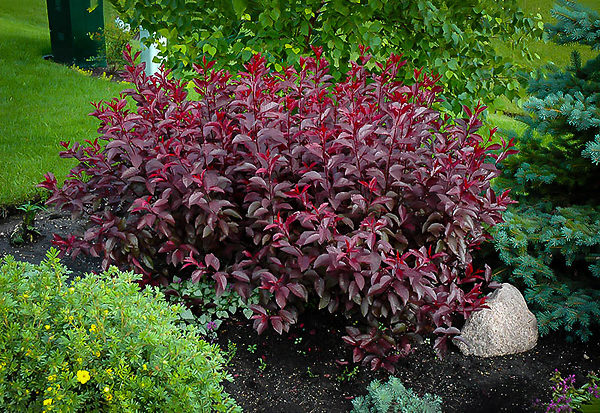
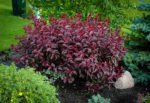
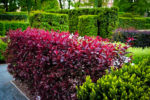
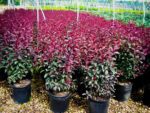

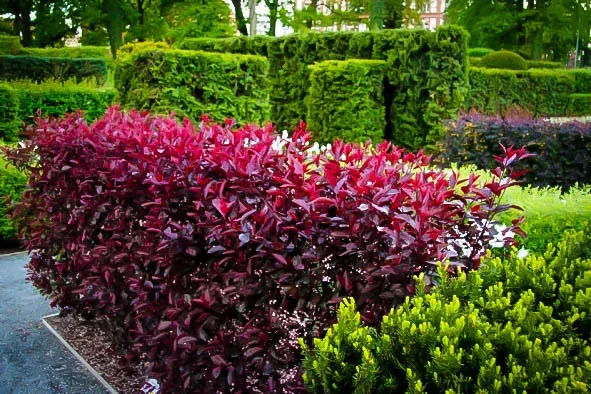

Purple Leaf Sandcherry
Prunus x cistenaView more from Other Shrubs & Hedges
Purple Leaf Sandcherry
Prunus x cistena
Select size
Size Guideselect quantity
Buy in monthly payments with on orders over $50.Prequalify now
on orders over $50.Prequalify now
this item doesn’t ship to
The Purple-leaf Sand Cherry is a classic medium-sized deciduous shrub with striking reddish-purple leaves. These hold their color all through summer, making a colorful display in any garden. In spring white flowers with a pink blush signal the beginning of the new garden year. This plant grows easily in all kinds of conditions, and it is an ideal choice for low-maintenance urban gardens, as well as a colorful choice for planting anywhere. It is very winter hardy and can be grown across all the country, including the coldest states.
- Striking red-purple leaves
- Moderate size that fits any garden
- Attractive display of pale pink flowers in spring
- Tolerates urban conditions and poor soils
- Hardy to minus 50 – grows everywhere
Plant the Purple-leaf Sand Cherry in full sun or partial shade, and it will thrive in any kind of soil that is not constantly wet. It is hardy to minus 50, so it grows well in areas where many other plants fail. It can be pruned in early spring, and also trimmed in summer, to maintain a neat form, or it can be allowed to grow naturally to its full size. Planted singly, or in groups, this shrub is guaranteed to bring vibrant color to any garden throughout the growing season.

Botanical Name:
Prunus x cistena
Mature Width:
5-8 ft
Mature Height:
6-10 ft
Grows Well In:
Zones 3-8
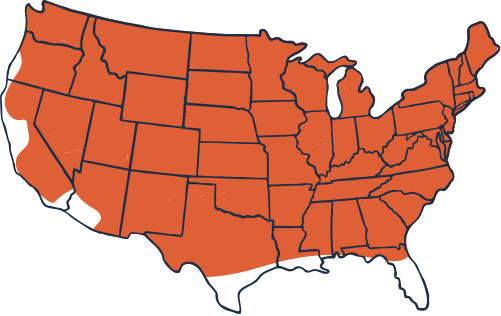
Sun Needs:
Full Sun, Partial Sun
Water Needs:
Moderate
Growth Rate:
Fast, Medium
Flower Color:
Pink, White
Flowering Season:
Spring



